Pink paws in dogs might not be a concern in every case, but sometimes it could indicate that there’s something going on with your pup’s health. In this guide, we’re going to discuss some of the most common causes of pink paws on your dog and learn what’s the ideal color of a dog’s paw pads. In addition to that, we have some helpful tips for you on how to take good care of your four-legged pal’s paws. Let’s get into it!
Table of Contents
- Pink Paws On Your Dog: Intro
- What Color Should Dog Paws Be?
- Why Are My Dog’s Paws Pink?
- How To Keep My Dog’s Paws Healthy?
- Pink Paws On My Dog: FAQs
- Pink Paws On My Dog: Final Thoughts
Pink Paws On Your Dog: Intro
One of the few places on a dog’s body where the fur doesn’t grow are their paw pads. From puppyhood and well into their adult years, dogs’ paw pads not only look cute, but have a critical function in your pooch’s day to day life.

But if one day you notice yourself asking “why are my dog’s paws pink?” it could mean that it’s something you should pay a closer attention to. Of course, pink paws in dogs don’t always mean trouble. Some dogs have naturally pink paw pads! However, if it’s a sudden or gradual change that you’ve only now noticed, being cautious is usually the best way to go.
So, without further ado, let’s find out why your dog’s paws could be pink, what you can do about it, and what are some precautions you should keep in mind.
What Color Should Dog Paws Be?
As we mentioned, some dogs have naturally pink paws. Dogs can have pink, black, brown, tan, or even gray paw pads. Additionally, some pups have multi-colored paw pads with fun spots and markings. The color of a dog’s paw pads can vary widely, and it’s often influenced by their breed, age, and even coat color.
That being said, newborn puppies often have pink paw pads. These can sometimes darken or change color as they age and start using their paw pads more and more. Sometimes the paw pads turn black over the first six months due to all the walking, running, and romping around. Still, even adult dogs can have pink paw pads, as well as other colors of paws like black, brown, or tan.
As a puppy becomes older and starts to use their paw pads more, their more delicate paw pad skin starts to thicken and toughen up to withhold the daily ‘use’. Usually, these darker areas represent thicker skin that’s more resilient to hard surfaces like the pavement. However, changes in the color of your dog’s paw pads can also occur due to certain health issues, including injury or infection, allergies, or burns. All of which we’ll cover in the next section of this article.
Remember, the color of a dog’s paw pads is generally a natural characteristic and not a cause for concern unless the change in paw pad color happens in adulthood. In addition to that, if you notice any other signs of distress, such as excessive licking or checking of the paws, limping, or any other unusual behaviors, it’s best to contact your vet for proper assessment.
Why Are My Dog’s Paws Pink?
So – why are my dog’s paws pink? Let’s take a closer look to understand what might be going on exactly…
Natural Coloration
As we discussed, some dogs have naturally pink paw pads, especially in puppyhood. Young puppies often have pink paw pads, but they tend to darken as they age. However, some spots may still stay pink, which also indicates that those areas tend to be more sensitive than those darkened areas on the paw pad.
Moreover, certain dog breeds are unable to create pigment due to their genetic makeup, which can result in pink paw pads. While pink paws can be a natural and harmless trait of many adult dogs, any sudden changes or discomfort should not be left unattended. So, if at any point you’re worried about your pup’s paw health, don’t hesitate to contact your vet to rule out any underlying health issues.
Burns From Walking On Hot Surface
Much like human skin, dog paw pads can react with swelling and blistering when injured or burnt, giving them a pinkish color. This is why you should always be extra cautious when taking your pup out for a walk when it’s hot outside. The pavement, gravel, and sand can all quickly heat up in scorching summer sun, and it’s not going to be a pleasant experience for your pup’s precious paws. Think of it this way – have you ever stepped on sand with your bare feet when it’s hot outside? You can only imagine how painful it can be for your pooch, too.
By the way, it’s not the hot weather that you should be wary of – extreme cold temperatures can just as well damage your dog’s paw pads and cause them to change color. That’s especially true if the ground is covered in ice and snow, often having a layer of salt to prevent slipping. But that salt can actually burn your dog’s paw pads, causing injuries and blistering.
Injuries & Wounds
It’s not uncommon for our rambunctious canines to sometimes have a bit too fun when out and about. Especially if they love to romp around on gravel, thorny ground, or high grass where bugs, pieces of glass, or rocks might be hiding.
Of course, there’s no way to completely eliminate the risk of your dog from injuring their paws. After all, dogs love to run around, inspect new and interesting places, or get a bit too carried away with their digging. That’s why you should always inspect your dog’s paws after you’ve been outside for a walk or jog. If you notice pink paws on your dog, it might be due to an injury or wound.
Oftentimes, dogs start to excessively lick and chew on their paws if they’re injured or irritated. This is one of the most common ways dogs soothe the discomfort and pain. If they’re experiencing significant pain, they may also limp or be reluctant to properly use that paw when standing up or sitting down.
Inflammation, Infections, & Allergies
Dogs can also experience inflammation of the paw pads, also known as canine pododermatitis. This type of inflammation can give a dog’s paw pads a pinkish hue. This could be due to various factors like allergies, infections, parasites, or foreign bodies lodged in the paw.
Bacterial, fungal, yeast, and parasite infections can all be to blame for inflammation of the paw pads. Likewise, seasonal allergies, food sensitivities and allergies, and contact dermatitis can all cause the paw pads to become inflamed.
For instance, some dogs are allergic to pollen, grass, certain ingredients in their food, or even their doggy skin care products. Moreover, flea infestations can also trigger allergies in dogs, as many dogs are allergic to flea saliva.
Another common telltale sign of an inflammation, infection, or allergy is that your dog’s paws might start to stink. Fortunately, all of these issues can be managed and treated with certain medications and lifestyle changes. For example, if your dog is suffering from an allergy, it’s important that you limit their exposure to those allergens. On the other hand, if it’s an infection that your pup is struggling with, your vet might prescribe certain antibiotic medications and ointments to get rid of the problem.
Cysts
A slightly lesser-known cause for pink paws in dogs are cysts, as they can cause inflammation, irritation, and infections. If your dog has growths, a.k.a cysts between their toes, it can cause irritation and abnormal friction between the toe pads and paw pads. This in turn can lead to blocked pores, resulting in inflammation and a pink pad on a paw.
What’s more, if those cysts rupture, they can lead to infections, especially if your dog is walking on ground where tons of different bacteria are found. And if those ruptured cysts come in contact with harmful bacteria or moisture gets trapped between the paw pads, infections are quick to spread.
Cysts, especially if they become large or rupture, can cause significant discomfort and irritation. Like with wounds and injuries, your dog might start to lick and chew on their paws excessively to soothe the pain and discomfort. However, this might lead to the fur and skin around the area to become pink due to the buildup of porphyrins found in saliva.
If you notice a cyst on your dog’s paw or any changes in the color of their paw pads, it’s crucial to consult with a vet for proper diagnosis and treatment. Treatment might involve warm soaks, topical medications, oral antibiotics, or in some cases, surgical removal of the cyst.
Poor Grooming & Hygiene
Needless to say, poor grooming and hygiene routines can very much contribute to issues with the paw pads. One common cause for pink paws on a dog is overgrown nails. And no, overgrown nails aren’t just unsightly in terms of appearance, they can also cause a wide range of issues for your pooch.
For starters, overgrown nails can cause your pup pain and discomfort while walking and even while resting. But when they walk, those overgrown nails will be under pressure, resulting in pain when walking on hard surfaces.
In addition to that, overgrown nails can start to grow back into the paw pad, which can lead to infections and injuries. And as we know, all of this can cause issues with paw pads.
Excessive Licking
We’ve already mentioned excessive licking a few times here – that’s one common way dogs relieve any discomfort, pain, and itchiness they might be experiencing due to either infections, inflammation, allergies, or injuries. But to be fair, dogs might also excessively lick and chew at their paws for reasons other than health problems, including stress and anxiety.
But how does excessive licking even affect a dog’s paw color? Interestingly enough, dog saliva contains compounds called porphyrins. And if your dog is excessively licking its paws, the build-up of porphyrins from saliva can turn the fur around the paws pink or rusty red.
How To Keep My Dog’s Paws Healthy?
My dog’s paws are pink, what should I do? Fortunately, there are quite a few simple steps you can take to keep your dog’s paws healthy. Here are some things you can do to prevent many health problems, as well as pink paws in dogs.
Maintain Paw Hygiene
The very first thing you should do is to make sure that you follow a proper hygiene regimen for your dog’s paws. Keep their fur neatly trimmed around and in between the paw pads to prevent hair from getting too long and irritating the skin. In addition to that, we recommend weekly nail trims to prevent overgrown nails and any issues stemming from them.
We also recommend you keep an eye on your pup’s paws, cleaning them after each outdoor play session. If you notice any signs of injury, inflammation, or allergies, make sure to contact your vet for further guidance. Sometimes dogs get splinters or injure themselves with dirt outside, so be sure to look for any visible signs of injuries.
Another helpful tip is to wash your dog’s paws after each walk outside. A helpful gadget for that is a dog paw washer. These dog paw washers are designed to thoroughly and efficiently clean your pup’s paws from all that dirt and mud with minimal fuss. As an added bonus, you won’t have to worry about muddy paw prints all over your clean floors and carpets.
Do Not Walk Your Dog On Hot Pavements
Scorching hot pavement is something to definitely watch out for. After all, there’s nothing protecting your dog’s paws from the hot temperatures of the ground! One easy tip to avoid your pup’s paws from getting burnt is to carefully time your outings. If it’s very hot outside, take your pup out for a walk earlier in the morning or later in the evening when the sun isn’t as high anymore.
You can also aim to walk your pup outside in shaded areas, but this can be slightly difficult as the sun moves around throughout the day. A helpful tip is to touch the ground with your bare hand before you let your pup outside – if it’s too hot to hold your hand on the pavement, it’s definitely too hot for your dog’s paws.
In addition to that, in the wintertime you should also try to avoid areas where there’s salt or other chemicals on the ground. All of those chemicals can cause chemical burns that can be just as dangerous and painful for your dog as burns due to extreme heat.
Buy Dog Shoes & Use A Paw Balm
Sometimes it’s just not possible to time your pup’s outings and routes so that they won’t come in contact with hot pavement or salted asphalt. However, there are a few things you can do to minimize potential burns and blisters from occurring.
One helpful thing to purchase is a dog paw balm. These types of paw balms are specially designed to moisturize the delicate paw pads, prevent chapped skin, and skin flare ups. In addition to that, a paw balm will form a protective layer onto the skin, minimizing the risk of burns and blisters.
But if you want to take it one step further and really guarantee your pup’s paw health, consider purchasing dog shoes or dog boots for your best pal. Dog shoes will keep your dog’s feet away from the ground, and they’ll keep their toesies nice and warm in wintertime, too. Of course, not all pups are fine with wearing boots, but it’s worth trying out for your dog’s safety and comfort!
Consult A Vet Immediately If You Spot Any Infections
And lastly, if at any point you suspect an infection or injury, contact your vet to book an appointment for your pup. Pink paws on your dog can indicate that there’s a medical issue that has to be dealt with, especially if you notice any swelling, open sores and wounds, or any changes in your dog’s behavior. Even if it’s a “simple” food allergy or intolerance, it’s not something you should take lightly. Your veterinarian will be able to do a thorough checkup of your pup and find the right diagnosis and treatment for the issue.
Pink Paws On My Dog: FAQs
Swollen and pink paws in dogs often indicate that there’s an inflammation or an infection that needs proper veterinary care. There can be many possible causes for this issue, such as foreign objects getting trapped between the paw pads or toes, or an injury or cut to the paw pad.
Additionally, insect bites, parasite infestations, and excessive licking and chewing can also cause inflammation and pink paws in dogs, as well as certain allergies can also lead to inflammation of the paws, resulting in redness and swelling. Fungal and bacterial infections can also be to blame, as these infections often cause inflammation, swelling, and a pink coloration, often accompanied by itchiness and excessive licking and chewing of the paws.
In all cases, it’s important to have your dog examined by a vet if you notice any changes in their paws. The vet can provide appropriate treatment, which may include antibiotics or antifungal medications for infections, removal of foreign objects, or solutions for allergies.
Yes, pink paws on dogs are generally more sensitive than darker ones. The skin on the pink parts of a dog’s paw pad is thinner and thus more susceptible to damage, such as tearing or burning. This sensitivity also extends to reactions from external factors like heat and light. By the way, dogs with lighter-colored fur are more likely to have pink paws. So, if you’ve got an adult dog with pink paws, it’s important that you take extra care of their delicate feet, especially when walking them on hot pavement or rough terrain.
Indeed, you can use coconut oil on your dog’s paws to moisturize them and soothe itchiness and discomfort. It’s thought that coconut oil has antibacterial properties as well, which means that it might be able to keep some bacteria away. It’s also safe for dogs, meaning that it shouldn’t cause any issues when your dog decides to lick it off their paws (in small amounts, of course…)
However, it’s important to note that while coconut oil can provide some relief for minor skin irritations, it’s not a cure-all and shouldn’t replace veterinary care. If your dog’s paws are severely cracked, inflamed, or if they’re showing signs of discomfort, it’s best to consult with a vet for an appropriate treatment plan. Coconut oil can be a safe alternative to pet-safe paw balms, but it doesn’t cure any infections, allergies, or other health conditions.
Pink Paws On My Dog: Final Thoughts
Pink paws in dogs could be caused by numerous reasons – sometimes it’s just the way a dog’s paw pads naturally are, whereas other times it could indicate an underlying health issue that should be dealt with. If your dog’s paws have become pink in adulthood for no apparent reason, we strongly advise you to contact your vet for further advice. Allergies, sensitivities, injuries, and infections could all contribute to pink paws in dogs. But fortunately, all of these issues can be treated with proper veterinary care. Above all, make sure to always keep a close eye on your dog’s paws, especially after you’ve been out for a walk or jog, and monitor your pet’s overall behavior and wellbeing. The sooner you take action, the easier it will be for your pup to recover and resume with their normal, happy, and fulfilled daily life!
Learn How to Stop Shavedowns For Good & Keep Matting At Bay!

Discover the PROPER Doodle coat care routine that gets your pup to cooperate…helps you nip tangles in the bud…and gets groomers to do exactly what you want.
Plus, get $520 worth of Bonus Materials for FREE, including:- Doodle Parenthood Community and Support Group ($190 value)
- Custom Doodle Coat Care Plan Lifetime Access ($75 value)
- Easy to Use Doodle Grooming Tracker ($20 value)
- And MORE!


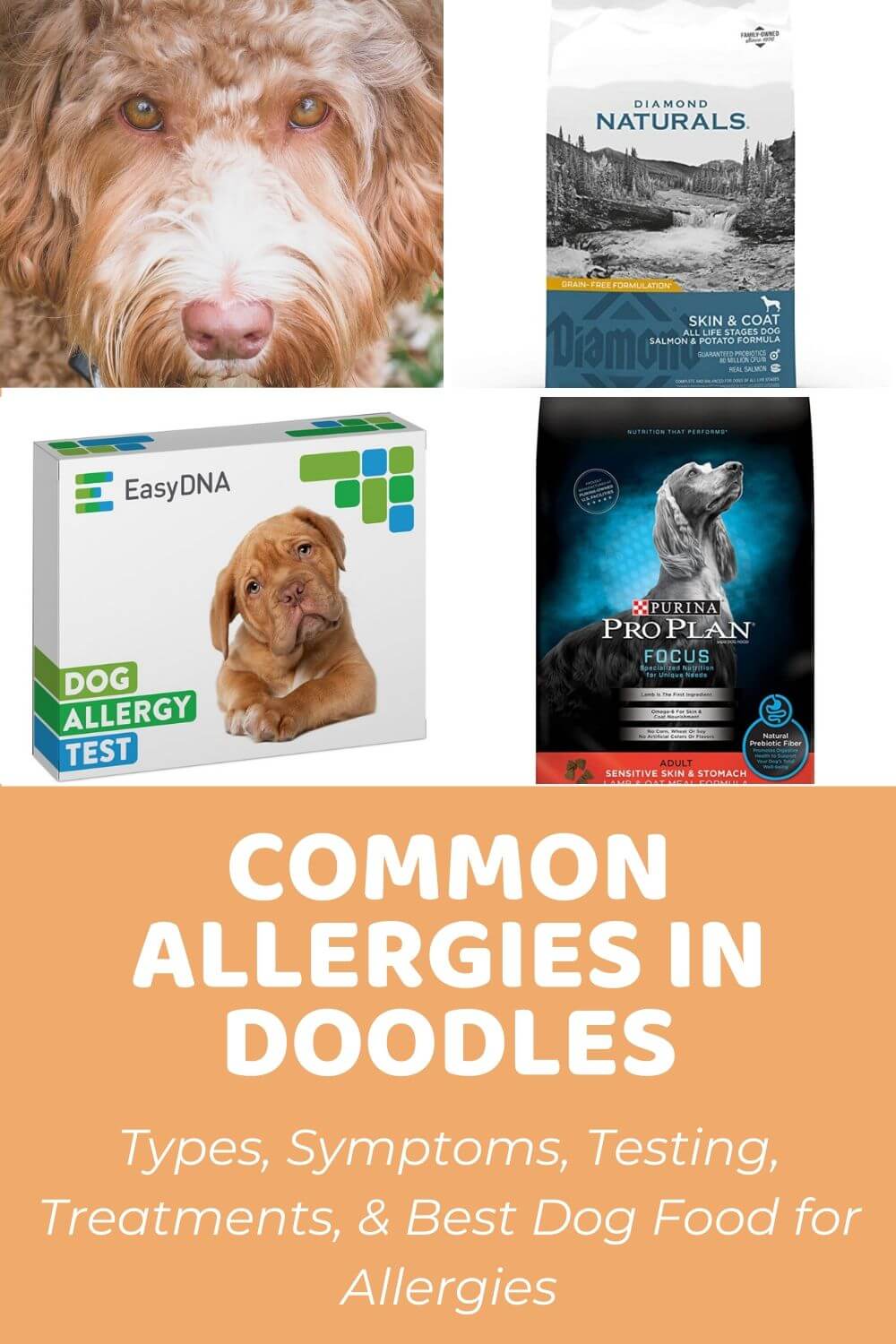

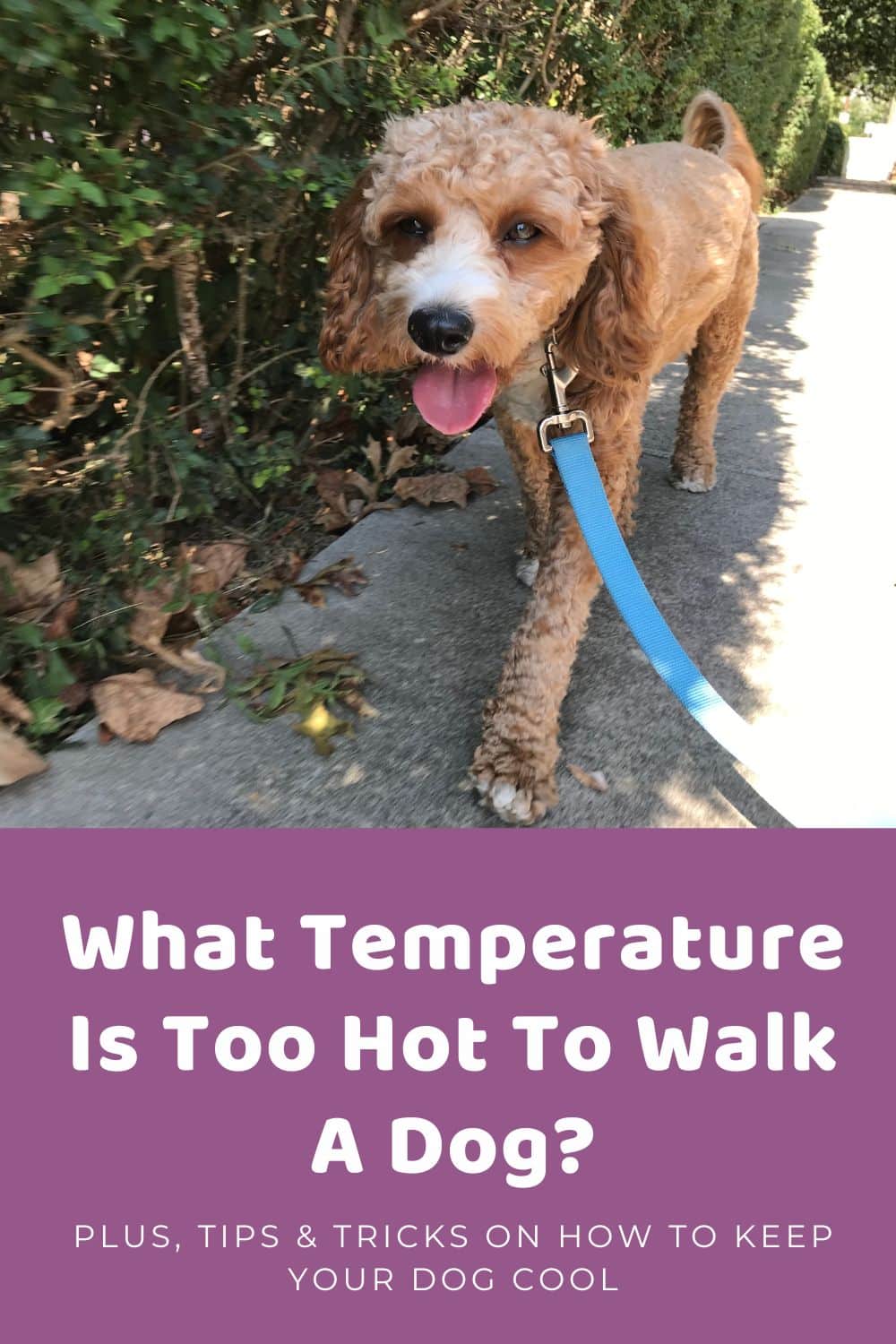
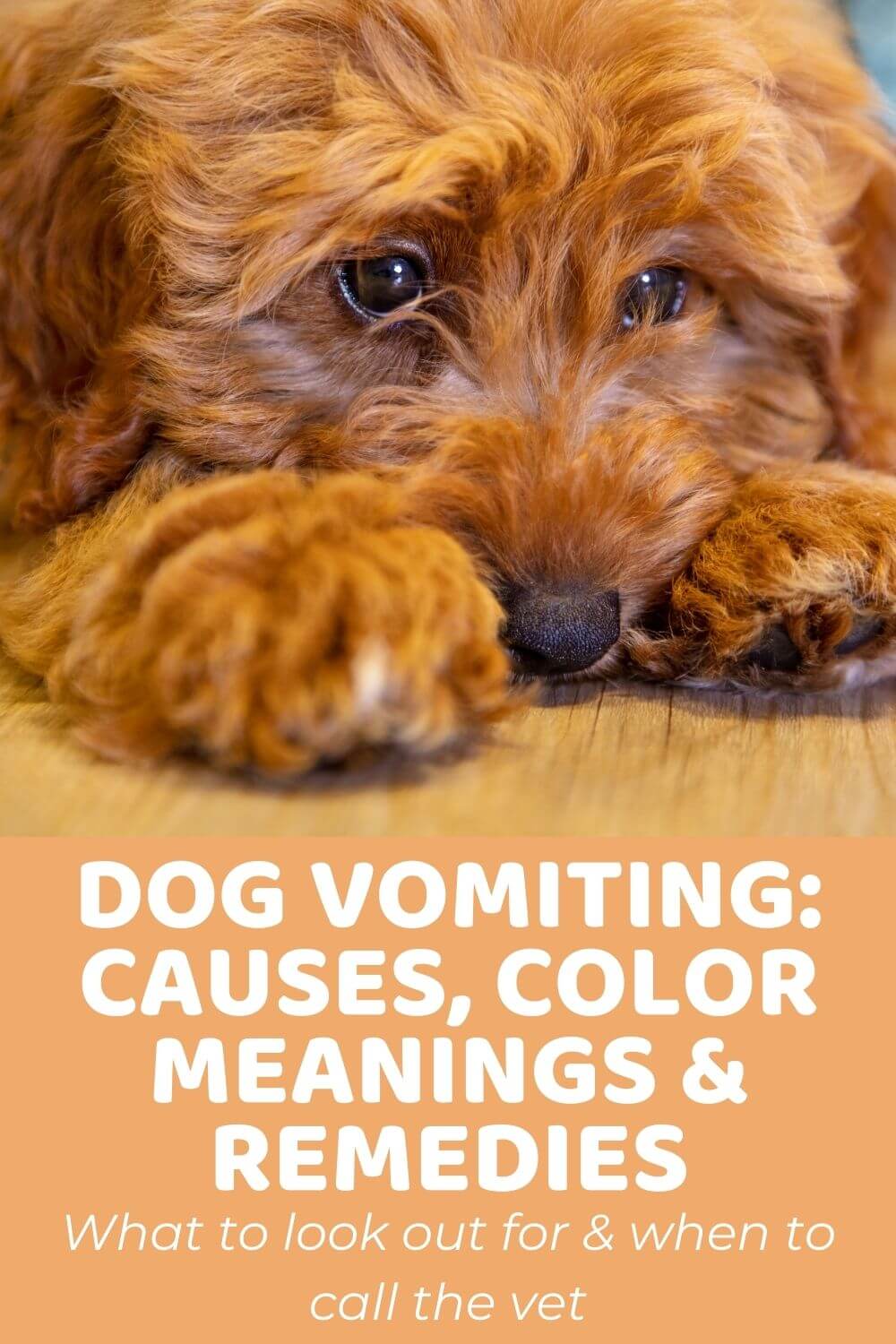


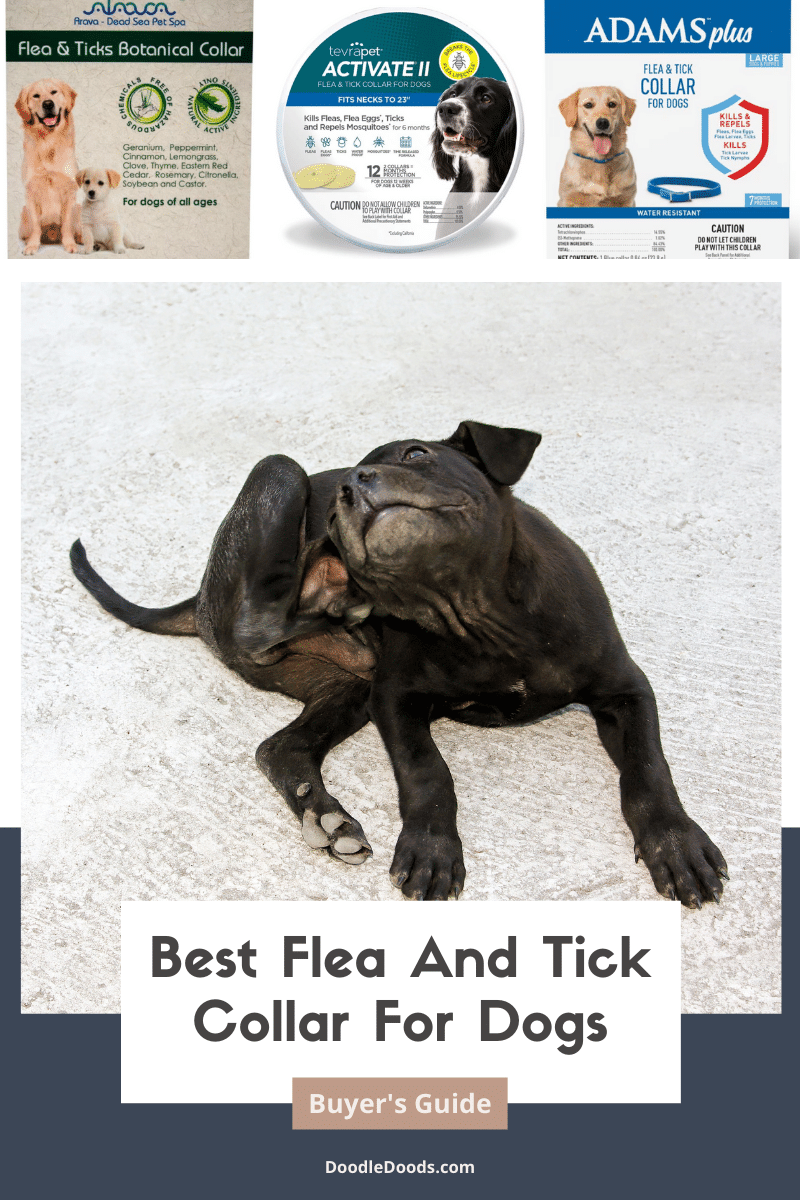
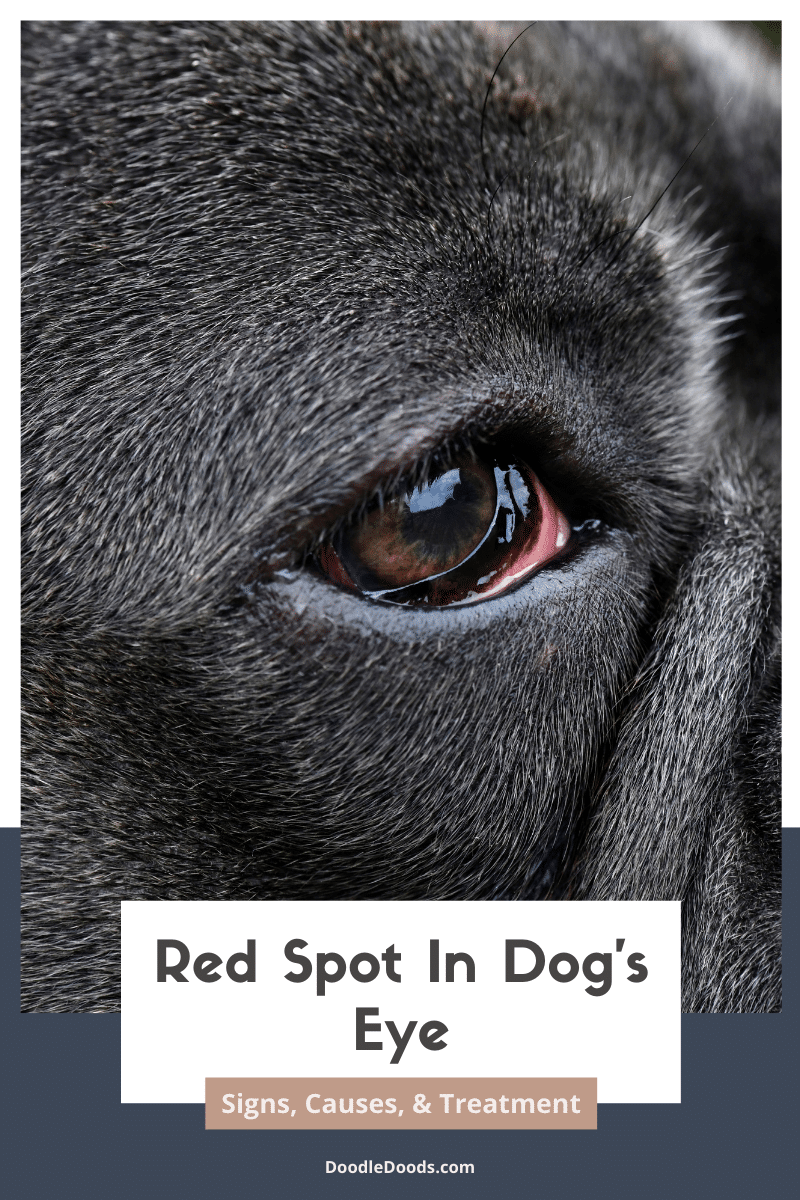


Does anyone have a secret how to remove thick, heavy fur mats, snags without shaving or cutting?….Combs and grooming tools have all broken, or not been effective and cause rebellion and pain
October 29, 2023 at 4:00 pm